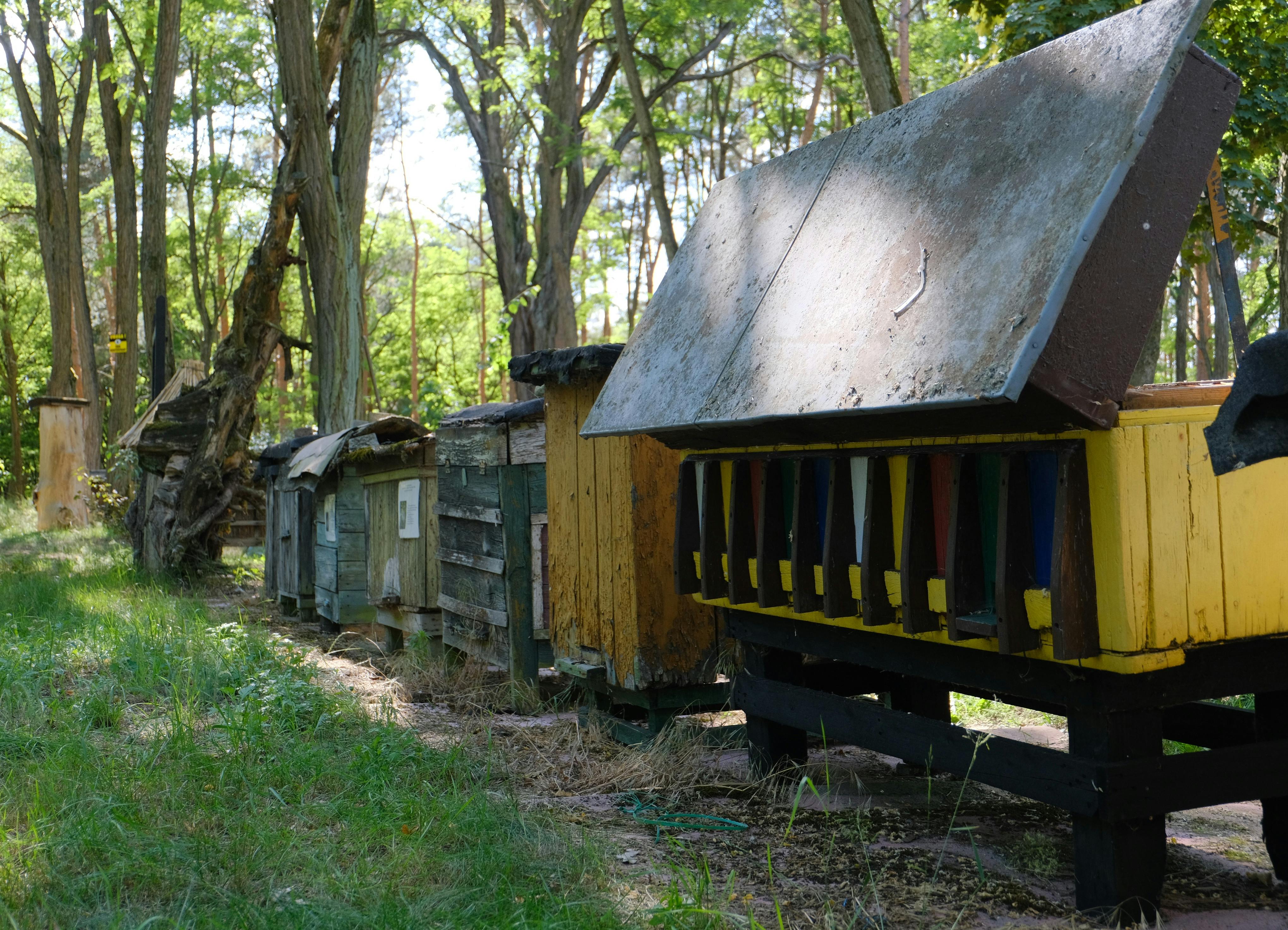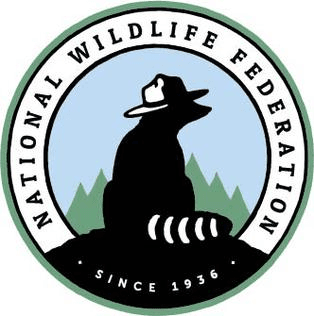
data-usecase-icon="donation_form"
Launch an Emergency Rescue Appeal
Use a custom donation form to rally supporters around urgent wildlife rescue operations, securing immediate funds for animal care and rehabilitation.
data-usecase-cta="donation_form"
data-usecase-icon="recurring_donations"
Kick Off a Wildlife Guardians Giving Circle
Invite donors to join a monthly giving circle that provides steady support for conservation projects, ensuring critical habitats are protected year-round.
data-usecase-cta="recurring_donations"
data-usecase-icon="peer_to_peer"
Host a Wildlife Photo Challenge Fundraiser
Empower supporters to create personal fundraising pages and share wildlife photos, turning their passion for nature into a peer-to-peer campaign that grows your donor base.
data-usecase-cta="peer_to_peer"
data-usecase-icon="event"
Sell Tickets to a Backyard Birding Tour
Organize guided birdwatching events and sell tickets online to engage local nature lovers, covering costs and funding future conservation efforts.
data-usecase-cta="event"
data-usecase-icon="store"
Open an Eco-Friendly Merchandise Store
Offer branded eco-products like reusable water bottles and organic tees to boost awareness and generate ongoing funds—100% fee-free.
data-usecase-cta="store"
data-usecase-icon="membership"
Launch an Adopt-a-Species Membership
Create tiered membership levels for supporters to symbolically adopt endangered species, receive exclusive updates, and sustain long-term conservation work.
data-usecase-cta="membership"
How Zeffy compares to other fundraising platforms for Wildlife Protection Organizations
Fees | You keep | You lose | ||
|---|---|---|---|---|
0% platform & processing fees | $50,000 | $0 | ||
2.9% + $0.30/transaction | $48,400 | -$1,600 | ||
2.2% + $0.30 + ~2.35% platform fees | $47,500 | -$2,500 | ||
2.9% + $0.30/transaction | $48,350 | -$1,650 | ||
3.7% + $1.79/ticket + 2.9% processing | $46,550 | -$3,450 (est.) | ||
1.99% + $0.49 | $48,560 | -$1,440 |
100% free, always.
Top 6 fundraising ideas for Wildlife Protection Organizations
🦉 Nocturnal Wildlife Walk
Host guided evening forest walks fundraising through ticket sales, offering immersive wildlife education and direct support for conservation projects.
📸 Wild Photo Showdown
Launch a wildlife photo contest online—entry fees fuel habitat projects and supporters vote with small donations to crown their favorite shot.
🚣♂️ River Rescue Rafting
Organize a scenic river rafting trip fundraiser where ticket sales fund riverbank restoration and participants learn about aquatic wildlife protection.
🌿 Backyard Birdathon
Challenge birdwatchers to spot species in backyards—sponsors pledge per bird sighting, boosting community engagement and funding local conservation.
🎬 Outdoor Eco-Film Night
Screen family-friendly wildlife films outdoors, sell tickets and snacks to raise funds and inspire communities to protect endangered species.
🍦 Wild Treats Social
Partner with a local ice cream shop for animal-themed flavors where a % of summer sales donates to wildlife rescue and habitat preservation.
Want more inspiration?
Explore 40+ free Wildlife Protection Organizations fundraising ideas
Top grants for Wildlife Protection Organizations in 2025

Conservation Nation Grant Program
Conservation Nation
Up to US$5,000
Supports early to mid-career conservationists for wildlife conservation, biodiversity protection, and sustainable practices; applications open July 7, 2025.

Disney Conservation Fund 2025 Grant Opportunity
Disney Conservation Fund
Not specified (variable)
Supports organizations working with communities to protect, restore, and/or rewild wildlife corridors or migratory pathways; full proposal deadline July 1, 2025.

2025 Natural Community Conservation Planning Local Assistance Grant Program
Department of Fish and Wildlife (California)
Up to $576,000 total available, dependent per award.
Assists local public agencies, tribes, and non-profit organizations with implementing NCCPs; solicitation closes July 17, 2025.

Member Collective Grants
The Conservation Alliance
Not specified
Awards funding for conservation projects across North America; 2025 Member Collective Grant Cycle information available, with a potential deadline around July 8, 2025.
Top companies that donate to Wildlife Protection Organizations in 2025

National Wildlife Federation
Partners with companies on cause marketing and strategic initiatives to benefit wildlife.

Wildlife Conservation Society
Partners with corporations to protect biodiversity, impact human livelihoods, and preserve natural resources.

The Nature Conservancy
Engages with companies to advance conservation missions and promote sustainable business practices.

Global Conservation Corps
Works with corporate sponsors and donors to support wildlife conservation through education and support programs.
Frequently asked questions
Is Zeffy really 100% free for Wildlife Protection Organizations? What's the catch?
Yes, Zeffy is truly 100% free for Wildlife Protection Organizations! We don't charge any platform or processing fees, and there are no hidden costs. Our model is supported by optional tips from generous donors who want to help us keep it free for organizations like yours. That's the only catch—more money stays with your mission!
Can Wildlife Protection Organizations use Zeffy to collect habitat conservation donations?
Absolutely! Wildlife Protection Organizations can use Zeffy to collect habitat conservation donations, organize fundraising events, and even set up recurring donation campaigns—all without incurring any fees. Every dollar you raise goes directly toward protecting wildlife.
What types of fundraising campaigns can Wildlife Protection Organizations run with Zeffy?
Wildlife Protection Organizations can leverage Zeffy for a variety of fundraising campaigns. Whether you're hosting peer-to-peer fundraisers, selling tickets to conservation events, or setting up recurring donations for ongoing support, Zeffy supports these efforts without any fees.
What's the best fundraising platform for Wildlife Protection Organizations?
Zeffy stands out as the best fundraising platform for Wildlife Protection Organizations because it is the only one that is truly 100% free. Other platforms may claim to be free but often include processing fees or hidden costs. With Zeffy, all the funds raised go directly to your mission, building donor trust and maximizing your impact.













